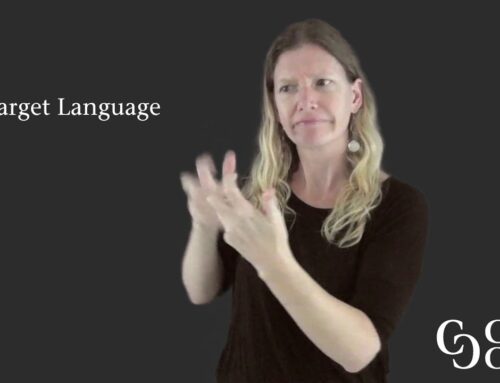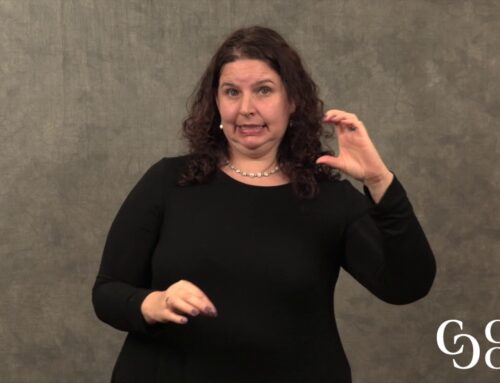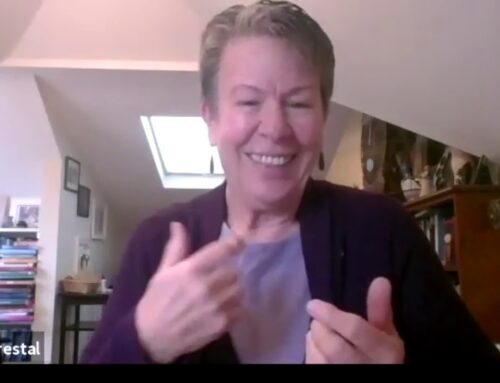 Scenario Synopsis
Scenario Synopsis
This series of videos is of a meeting between a person interested in vocational rehabilitation (VR) services who is hard of hearing. She is contemplating a career change and is meeting with a VR counselor who is deaf to learn about what services VR can provide. The meeting is in a format without the interpretation that allows you to practice as well as with the interpretation that allows you to see the original work.
Credits for this Video
This video was originally created by the National Consortium of Interpreter Education Centers as part of the Interpreting in Vocational Rehabilitation Settings series. For more information, visit: http://www.interpretereducation.org/tim/video-series/interpreting-in-vocational-rehabilitation-settings/
Transcript for Meeting without Interpretation
All comments come from client. Timestamps are included to allow you to navigate the text.
Transcript for Meeting without Interpretation
Timestamps are included to allow you to navigate the text. “I:” marks that it is the interpretation of the VR counselor’s comments. “C:” marks that it is the comments from the client.
The video uses split screen to show multiple people involved.
The VR counselor, Heidi, has long, blonde hair, white skin, is wearing glasses, and is wearing a brown sleeveless blouse. She sits across a table from the client, Chellee, who has shoulder length, brown hair, is white, and is wearing a white t-shirt. The interpreter is a white man with short blonde hair and glasses wearing a aqua button-down long-sleeve shirt. In the video of the meeting, the client often looks toward the interpreter.




